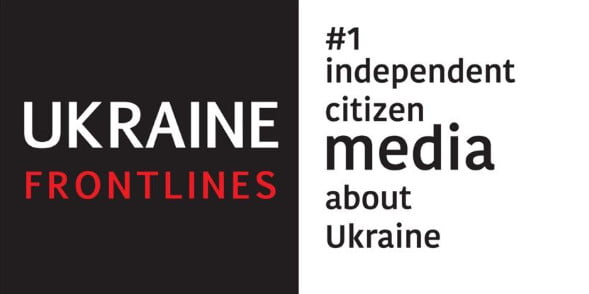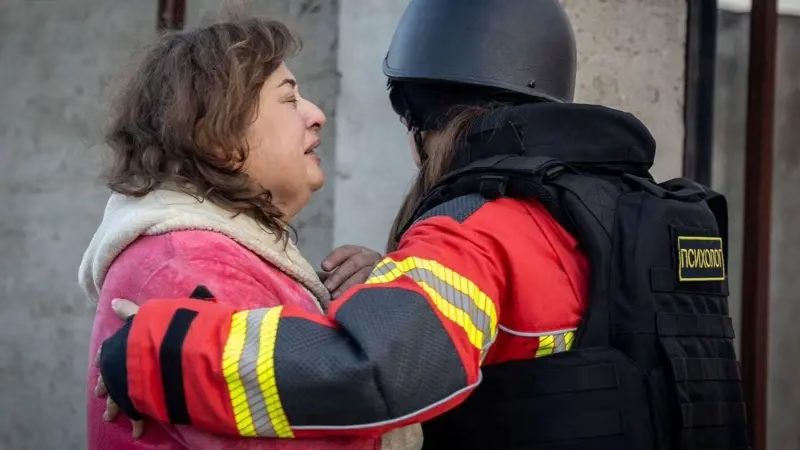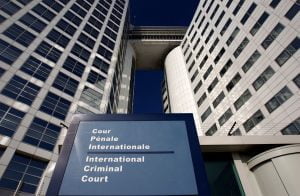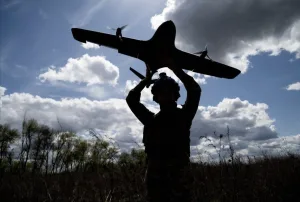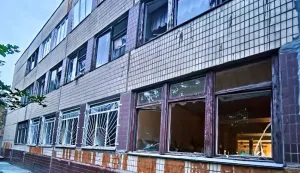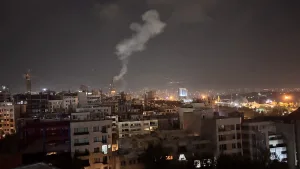Early in the morning on November 17, Russia launched one of its largest missile attacks on Ukraine since the start of the war. According to Ukrainian authorities, the Russian military deployed 210 aerial assault weapons, including 120 missiles and 90 drones. Ukraine reports that only about 10% of these reached their targets.
Seven civilians were killed in Dnipropetrovsk, Lviv, Odesa, and Mykolaiv regions, and dozens more were injured. The last similarly massive attack took place almost three months ago, on August 26, shortly after Ukraine’s Independence Day, when Russia launched 127 missiles and 109 drones.
Since then, Russia has rarely used missiles, sparking media speculation of possible agreements between Kyiv and Moscow to halt mutual strikes on energy infrastructure.
However, Ukrainian authorities have not confirmed any agreements. In fact, President Volodymyr Zelensky recently stated that the Russian military was simply stockpiling missiles to deliver a powerful strike against Ukraine once the weather turned colder.
The president also noted that Ukrainian air defenses were prepared for this attack, having recently received additional missiles for air defense systems from Western partners.
Analyzing the aftermath of the November 17 strike, it appears that Ukraine managed to avoid serious consequences. Kyiv reports that only 18 missiles and 5 Russian drones evaded interception and reached their targets, indicating that Ukrainian air defenses achieved approximately 88% effectiveness. Additionally, nearly 10% of aerial targets were destroyed with the help of Western-supplied F-16 fighter jets, President Zelensky highlighted.
The targets of this attack were evidently Ukraine’s largest thermal power plants and transformer substations in the western and central regions, as well as key railway junctions. For the first time in a long while, Russian missiles reached Ukraine’s westernmost region, Zakarpattia, and struck near the popular ski resort of Bukovel.
Local authorities reported partial damage to energy infrastructure from debris. Power outages were widespread across many regions but were mostly restored within a few hours. However, challenges remain in cities like Odesa and Kryvyi Rih.
Ukrainian authorities warn that the Kremlin still has missile reserves and that similar attacks could happen closer to winter. This massive missile attack also suggests that Vladimir Putin has no genuine intention of pursuing peace negotiations, emphasized Foreign Minister Andriy Sybiha. “We need peace through strength, not appeasement,” he wrote on the social network X shortly after the Russian airstrike.
The Russian Ministry of Defense confirmed that the strike was aimed at “critical energy infrastructure” in Ukraine, claiming that these facilities supported Ukraine’s military-industrial operations. “All planned targets have been hit,” the Russian statement said.
Tags: massive missile attack missile strike Russia russia ukraine war russian missile attack russian missile strike Ukraine